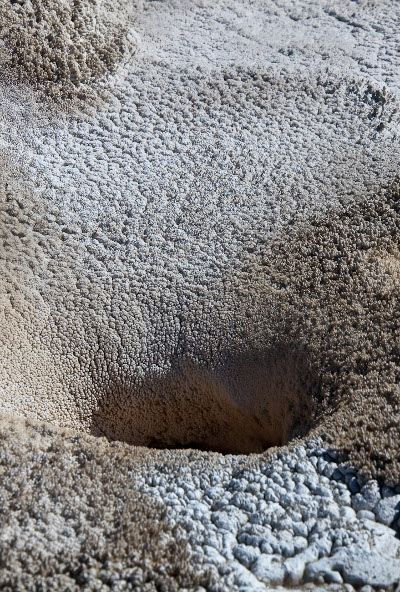Hot spring history in microbial map
 UNSW scientists have pushed back the earliest known existence of inhabited terrestrial hot springs on Earth by 3 billion years.
UNSW scientists have pushed back the earliest known existence of inhabited terrestrial hot springs on Earth by 3 billion years.
“Our exciting findings don't just extend back the record of life living in hot springs by 3 billion years, they indicate that life was inhabiting the land much earlier than previously thought, by up to about 580 million years,” says first author UNSW PhD candidate Tara Djokic.
Previously, the world’s oldest evidence for microbial life on land came from 2.7-2.9 billion year old deposits in South Africa containing organic matter-rich ancient soils.
“This may have implications for an origin of life in freshwater hot springs on land, rather than the more widely discussed idea that life developed in the ocean and adapted to land later,’ she said.
Biologists typically juggle two hypotheses regarding the origin of life. Either that it began in deep sea hydrothermal vents, or alternatively that it began on land in a version of Charles Darwin's ‘warm little pond’.
“The discovery of potential biological signatures in these ancient hot springs in Western Australia provides a geological perspective that may lend weight to a land-based origin of life,” says Ms Djokic.
The researchers studied exceptionally well-preserved deposits which are approximately 3.5 billion years old in the ancient Dresser Formation in the Pilbara Craton of Western Australia.
They determined that the deposits were formed on land, not in the ocean, by identifying the presence of geyserite – a mineral deposit formed from near boiling-temperature, silica-rich, fluids that is only found in a terrestrial hot spring environment.
Previously, the oldest known geyserite had been identified from rocks about 400 million years old.
Within the Pilbara hotspring deposits, the researchers also discovered stromatolites – layered rock structures created by communities of ancient microbes, and other signs of early life in the deposits as well, including fossilised micro-stromatolites, microbial palisade texture and well preserved bubbles that are inferred to have been trapped in a sticky substance (microbial) to preserve the bubble shape.
“This shows a diverse variety of life existed in fresh water, on land, very early in Earth’s history,” says researcher Dr Van Kranendonk.
“The Pilbara deposits are the same age as much of the crust of Mars, which makes hot spring deposits on the red planet an exciting target for our quest to find fossilised life there.”








 Print
Print